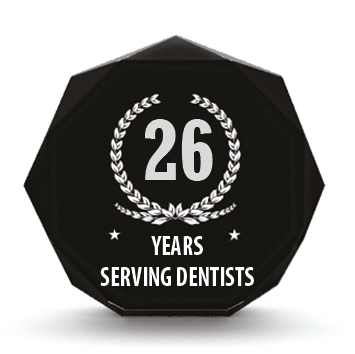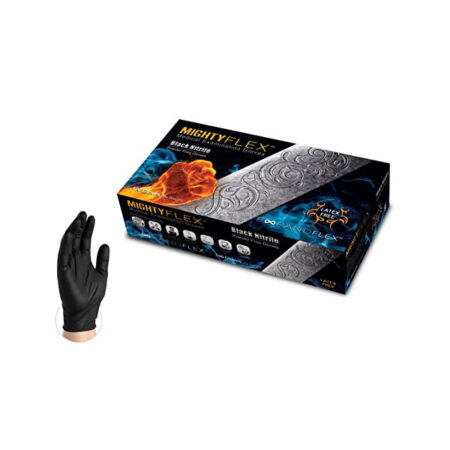Septocaineand epinephrine 1:200,000
Articaine HCl. 4% and Epinephrine 1:200,000 Injection
Indications
- Local dental anesthesia in both simple and complex dental procedures.
Features & benefits
- Septocaine is the # 1 Branded Dental Anesthetic in the United States*.
- For most routine dental procedures Septocaine and epinephrine 1:200,000 is preferred.
- Fast onset (1 to 9 minutes ) to avoid delay before effective analgesia is achieved.
- Predictable duration of anesthesia : up to 60 minutes for infiltration injections and 120 minutes for nerve blocks.
- No-methylparaben formulation to avoid allergic reactions on sensitive patients.
- 100 percent latex free components to help reduce allergic responses.
- Terminal sterilization of product/cartridges for safe use.
- Mylar label covered glass cartridges to minimize risk of wound in the event of a cartridge breakage.
- Cartridges packed 10 to a blister tray to avoid glass to glass contact, hence reducing breakage.
- * Source: SDM data
Presentation
- Item #01A1200 – Box containing 5 blisters of 10 x 1.7ml glass cartridges
Risk information
- Septocaine is indicated for local, infiltrative, or conductive anesthesia in both simple and complex dental procedures. Septocaine and epinephrine 1:100,000 is preferred during operative or surgical procedures when improved visualization of the surgical field is desirable. Reactions to Septocaine (pain and headache, for example, or convulsions or respiratory arrest following accidental intravascular injection) are characteristic of those associated with other amide-type local anesthetics. Septocaine contains sodium metabisulfite, a sulfite that may cause allergic-type reactions including anaphylactic symptoms and life-threatening or less severe asthmatic episodes in certain susceptible people. Accidental intravascular injection may be associated with convulsions, followed by central nervous system or cardiorespiratory depression and coma, progressing ultimately to respiratory arrest. Dental practitioners and/or clinicians who employ local anesthetic agents should be well versed in diagnosis and management of emergencies that may arise from their use. Resuscitative equipment, oxygen, and other resuscitative drugs should be available for immediate use. Septocaine, along with other local anesthetics, is capable of producing methemoglobinemia. The clinical signs of methemoglobinemia are cyanosis of the nail beds and lips, fatigue and weakness. If methemoglobinemia does not respond to administration of oxygen, administration of methylene blue intravenously 1-2 mg/kg body weight over a 5 minute period is recommended. Please see the Package Insert for prescribing information.
The sale of this item may be subject to regulation by the U.S. Food and Drug Administration and state and local regulatory agencies. If the item is subject to FDA regulation, We will verify your status as an authorized purchaser of this item before shipping of the item.















